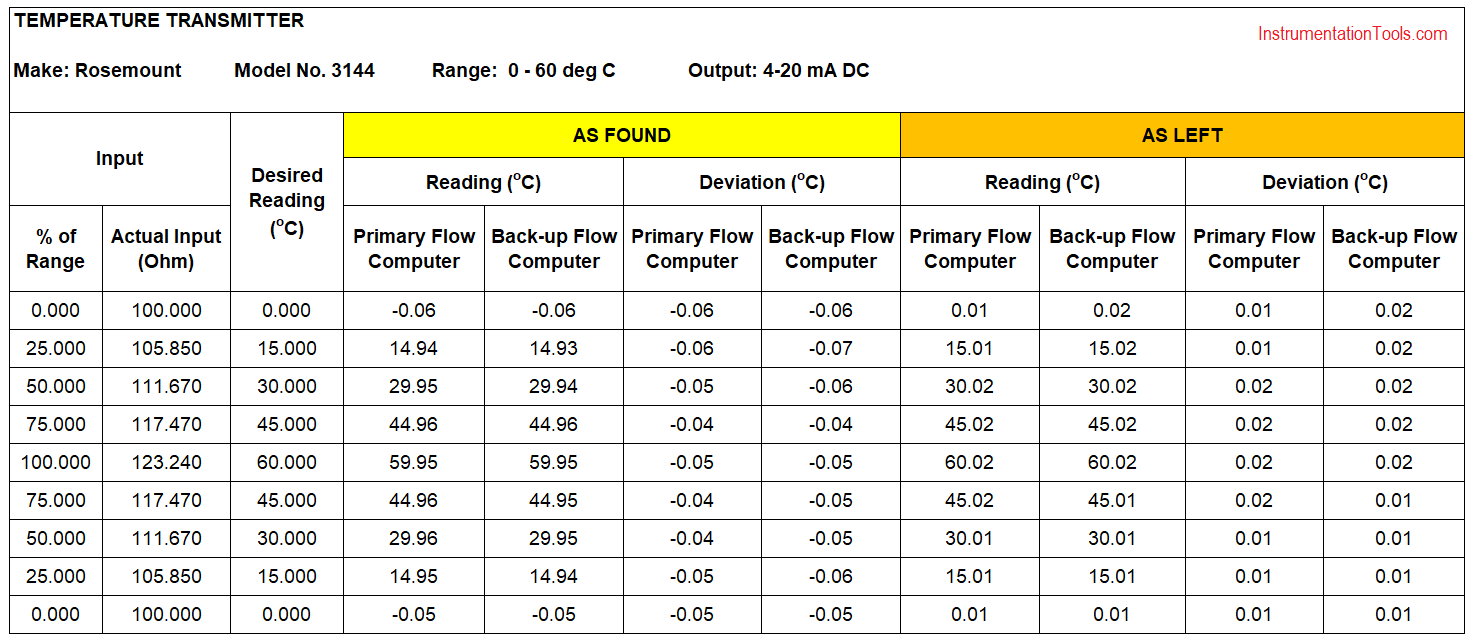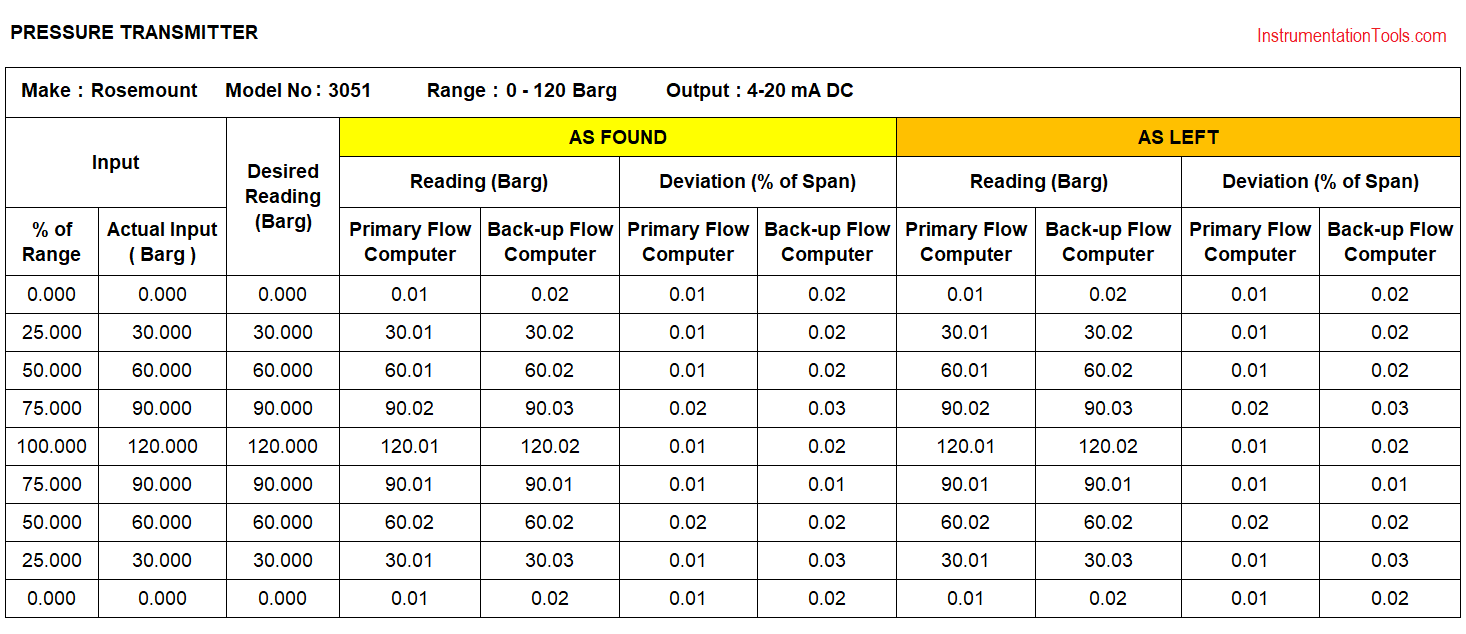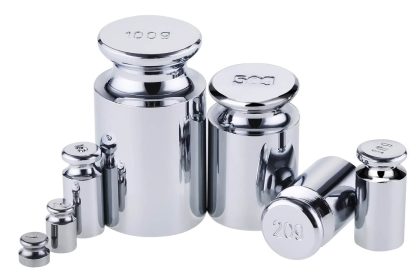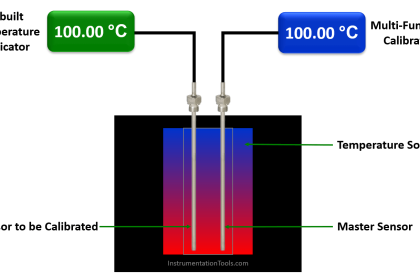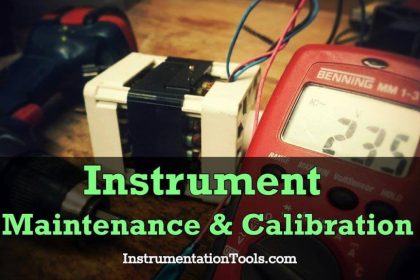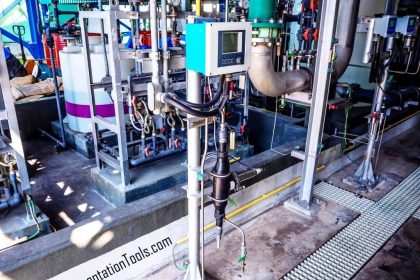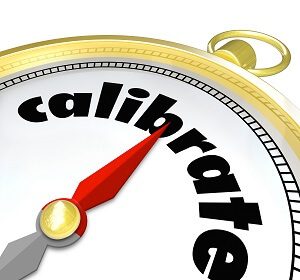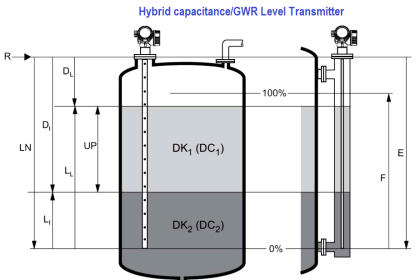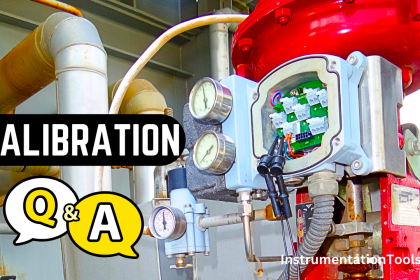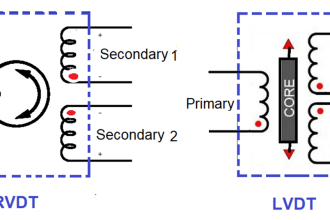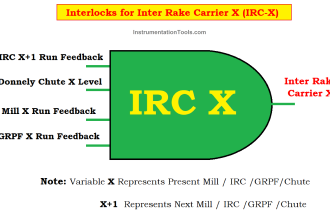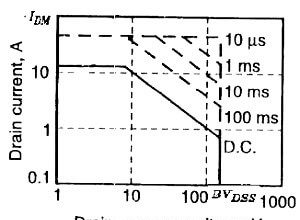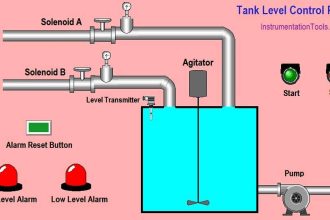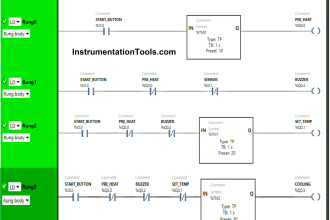An instrument technician working for a pharmaceutical processing company is given the task of calibrating a temperature recording device used to display and log the temperature of a critical batch vessel used to grow cultures of bacteria.
After removing the instrument from the vessel and bringing it to a workbench in the calibration lab, the technician connects it to a calibration standard which has the ability to simulate a wide range of temperatures. This way, he will be able to test how the device responds to different temperatures and make adjustments if necessary.
Before making any adjustments, though, the technician first inputs the full range of temperatures to this instrument to see how it responds in its present condition. Then, the instrument indications are recorded as As-Found data. Only after this step is taken does the technician make corrections to the instrument’s calibration. Then, the instrument is put through one more full-range test and the indications recorded as As-Left data.
Explain why it is important that the technician make note of both “As-Found” and “As-Left” data? Why not just immediately make adjustments as soon as an error is detected? Why record any of this data at all? Try to think of a practical scenario where this might matter.
Solution:
I’ll answer the question with a scenario of my own: suppose it is discovered that some patients suffered complications after taking drugs manufactured by this company and that the particular batch of suspect drugs was processed in this very same vessel about 6 months ago? Now imagine that this temperature recording instrument gets routinely calibrated once a month. See the problem?
Read: As-found and As-left Documents
Share your thoughts with us through comments.
As-Found and As-Left data
The below diagrams shows the example As-Found and As-Left data for a temperature and pressure transmitter that are connected to primary and standby flow computers. (for reference)
Credits: Tony R. Kuphaldt
Read Next:
- What is Calibration?
- Instrument Zero and Span Calibration
- How to do Transmitter Calibration?
- Instruments Calibration Procedure
- Questions & Answers on Calibration
